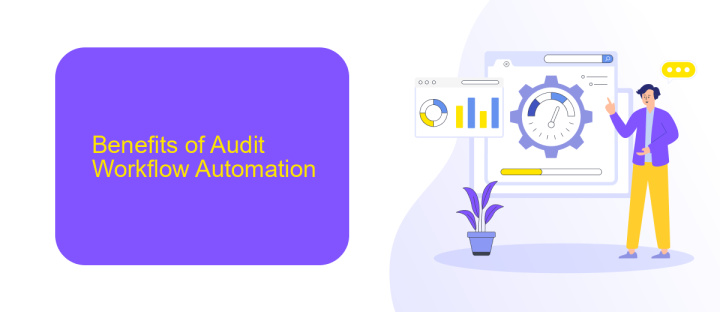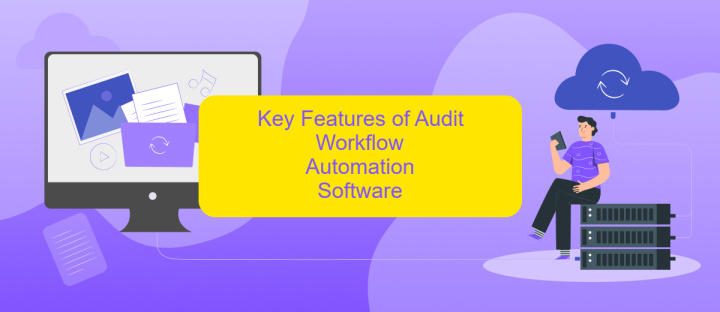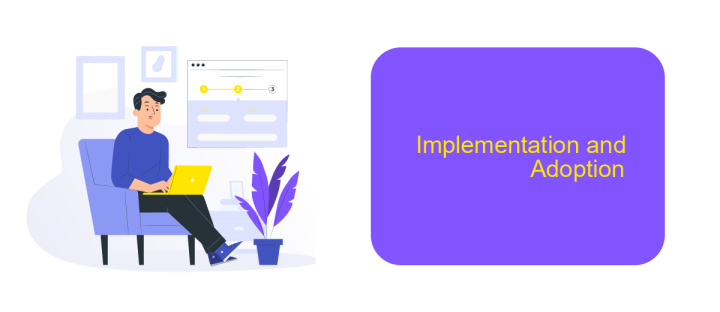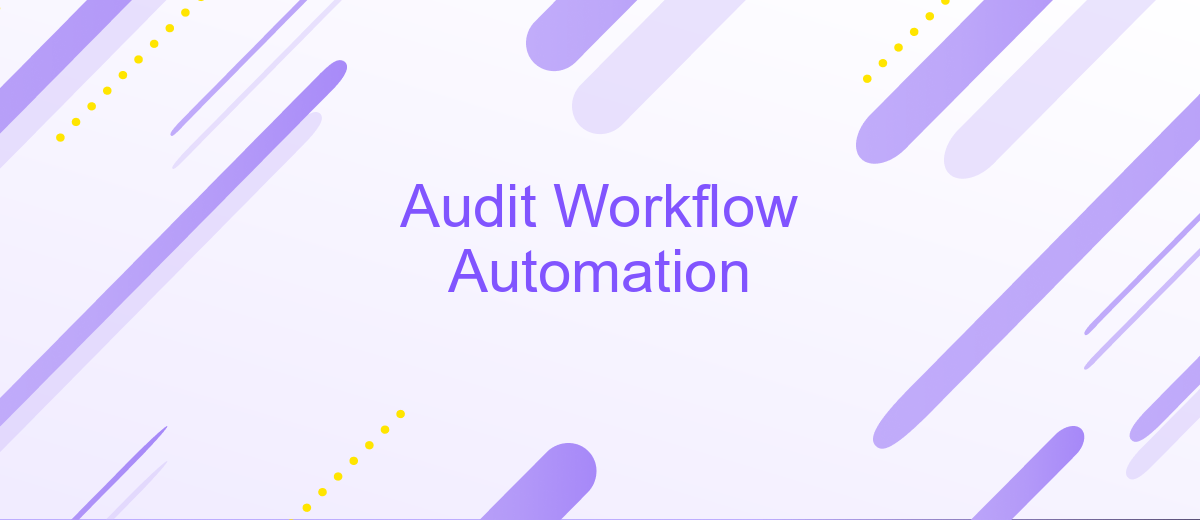Audit Workflow Automation
In today's fast-paced business environment, audit workflow automation has become a game-changer for organizations seeking to enhance efficiency and accuracy. By leveraging advanced technologies, companies can streamline their audit processes, reduce human error, and ensure compliance with regulatory standards. This article explores the benefits, key features, and implementation strategies of audit workflow automation, providing valuable insights for businesses aiming to modernize their audit practices.
Introduction
In today's fast-paced business environment, audit workflow automation has become increasingly essential for organizations aiming to enhance efficiency and accuracy. By automating routine tasks, companies can focus on higher-value activities that drive growth and innovation. This approach not only reduces human error but also ensures compliance with regulatory standards.
- Streamlined processes for increased productivity
- Enhanced accuracy and reduced human error
- Improved regulatory compliance
- Real-time data access and reporting
One of the key components of successful audit workflow automation is seamless integration with existing systems. Services like ApiX-Drive facilitate these integrations by connecting various applications and automating data transfers, thereby eliminating manual input and reducing the risk of errors. By leveraging such tools, organizations can ensure that their audit processes are both efficient and reliable.
Benefits of Audit Workflow Automation

Audit workflow automation offers significant benefits, enhancing efficiency and accuracy in auditing processes. By automating repetitive tasks, auditors can focus on more critical and analytical aspects of their work, leading to more thorough and insightful audits. This reduction in manual labor minimizes the risk of human error, ensuring more reliable and consistent audit outcomes. Additionally, automated workflows streamline the entire audit process, reducing time and costs associated with traditional auditing methods.
Moreover, integrating advanced tools such as ApiX-Drive can further enhance the benefits of audit workflow automation. ApiX-Drive enables seamless integration between various applications and systems, facilitating the smooth transfer of data necessary for comprehensive audits. This integration ensures that data is consistently updated and readily available, eliminating the need for manual data entry and reconciliation. As a result, organizations can achieve greater transparency, improved compliance, and more robust audit trails, ultimately leading to better decision-making and governance.
Key Features of Audit Workflow Automation Software

Audit workflow automation software offers a range of features designed to streamline and enhance the auditing process. These tools not only save time but also improve accuracy and compliance.
- Real-Time Monitoring: Continuous oversight of audit processes to ensure timely detection and correction of discrepancies.
- Data Integration: Seamless integration with various data sources and existing systems, facilitated by services like ApiX-Drive, to ensure comprehensive data collection.
- Automated Reporting: Generation of detailed audit reports with minimal human intervention, ensuring consistency and reducing manual errors.
- Task Management: Efficient assignment and tracking of audit tasks, ensuring that all team members are aligned and deadlines are met.
- Compliance Tracking: Continuous monitoring of regulatory requirements to ensure that audits meet all necessary standards and guidelines.
These features collectively enhance the efficiency, accuracy, and reliability of audit processes. By leveraging advanced automation tools, organizations can not only meet compliance requirements but also gain valuable insights into their operations.
Implementation and Adoption

The successful implementation and adoption of audit workflow automation require a strategic approach to ensure seamless integration and user acceptance. Begin by assessing your current audit processes to identify areas that would benefit most from automation.
Next, select an appropriate automation tool that aligns with your organizational needs. Consider factors such as ease of use, compatibility with existing systems, and scalability. ApiX-Drive, for instance, offers robust integration capabilities that can streamline data flow between various audit-related applications.
- Conduct a pilot test to evaluate the tool's effectiveness and gather user feedback.
- Provide comprehensive training sessions to familiarize staff with the new system.
- Develop clear documentation and support resources to assist users during the transition.
- Monitor the implementation progress and make necessary adjustments based on feedback.
Adopting audit workflow automation not only enhances efficiency but also ensures compliance and accuracy in audit processes. Continuous evaluation and improvement will help maintain the system's effectiveness and address any emerging challenges. By leveraging tools like ApiX-Drive, organizations can achieve a more streamlined and integrated audit workflow.


Best Practices for Audit Workflow Automation
Implementing audit workflow automation requires careful planning and execution to maximize efficiency and accuracy. Begin by thoroughly mapping out your current audit processes to identify areas that can benefit from automation. Utilize specialized software that offers customizable workflows, ensuring that each step of the audit process is clearly defined and easily trackable. Additionally, establish clear guidelines and protocols for data entry and validation to maintain data integrity throughout the automated workflow.
Integrating various systems and tools is crucial for seamless audit workflow automation. Services like ApiX-Drive can facilitate these integrations, allowing for real-time data synchronization between different platforms. This not only reduces manual data entry but also minimizes the risk of errors. Regularly review and update your automated workflows to adapt to any changes in regulatory requirements or organizational processes. Continuous monitoring and periodic auditing of the automated system itself will help ensure it remains effective and compliant.
FAQ
What is Audit Workflow Automation?
How can Audit Workflow Automation benefit my organization?
What are the key features to look for in an Audit Workflow Automation tool?
How do I get started with implementing Audit Workflow Automation?
Can Audit Workflow Automation be customized to fit my organization’s specific needs?
Time is the most valuable resource in today's business realities. By eliminating the routine from work processes, you will get more opportunities to implement the most daring plans and ideas. Choose – you can continue to waste time, money and nerves on inefficient solutions, or you can use ApiX-Drive, automating work processes and achieving results with minimal investment of money, effort and human resources.

